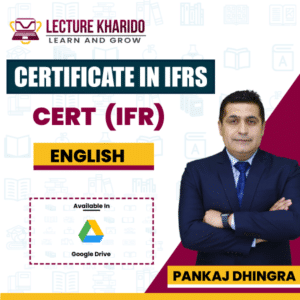Why SP4 from The Academic Junction??
Experienced corporate faculties with 13-14 papers in progress to make you understand the application of knowledge contained in the subject.
Classes available in all 3 modes- Classroom, Live Online and Videos.
Multiple small batches to focus on personal interaction and development.
Regular Assessments and feedback sharing to discuss your improvement areas.
Detailed Study plan, Chapter Wise Important Topics Detailed description- main highlights.
Exclusive writing and discussion sessions oriented to case studies and past papers discussion.
Regular doubt classes to help you learn technical skills and clear your conceptual knowledge.
It’s not about only writing, it’s about what to write and how much to write so writing and discussion sessions is our USP and that too by All India ST4 Topper.
SP4 Course Content
The aim of Pensions and Other Benefits Specialist Principles (SP4) is to develop a student’s ability to apply, in simple situations, the main principles of actuarial planning and control needed for the financial management of pensions and other benefits.
It builds on material covered in earlier subjects and seeks to equip a student with the skills and broad working understanding of pensions to the level that may be required of a qualified actuary working in a consultancy, insurance company, public sector body or other comparable financial institution.
Exam format:
3 hours and 15 minutes exam.
Scientific Calculator is allowed in exam. However, you can use only one of the models from the list below. This can also be used for future exams.
1. Casio FX82 (ES/MS) (with or without any suffix)
2. Casio FX83 (ES/MS) (with or without any suffix)
3. Casio FX85 (ES/MS) (with or without any suffix)
4. Sharp EL531 (with or without any prefix or suffix)
5. Texas Instruments BA II Plus (with or without any suffix)
6. Texas Instruments TI-30 (with or without any suffix)
7. Hewlett Packard HP12c (with or without any suffix).
SP4 SYLLABUS by IFOA
1. Pension provision and general business environment (20%).
2. Scheme design and financing (20%).
3. Managing schemes and risks (20%).
4. Models, valuations and setting assumptions (30%).
5. Monitoring experience and the Control Cycle (10%)











